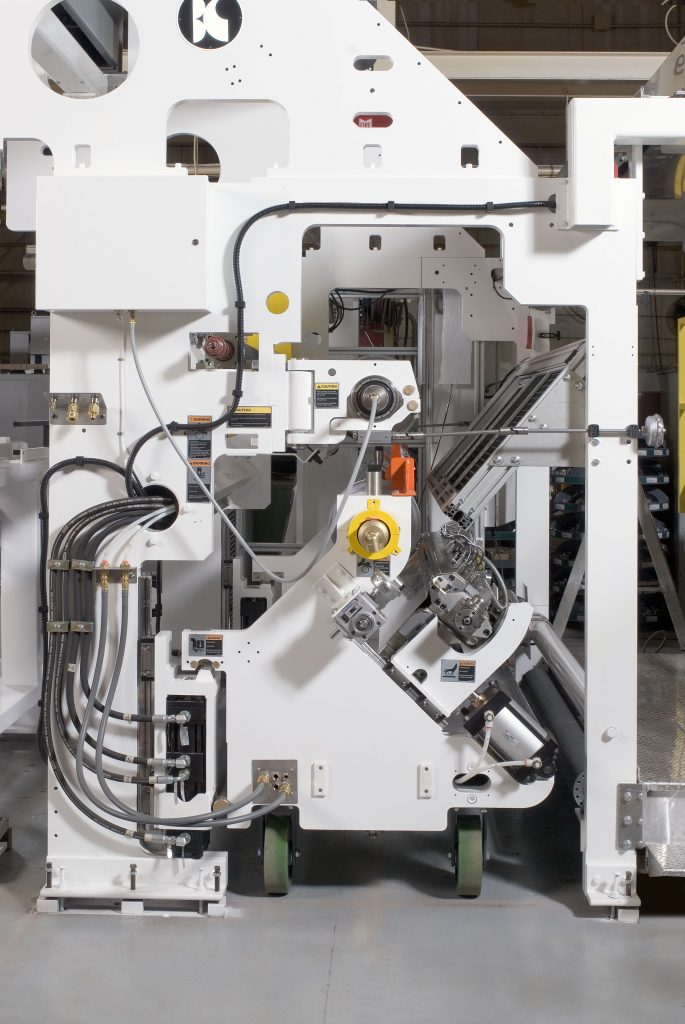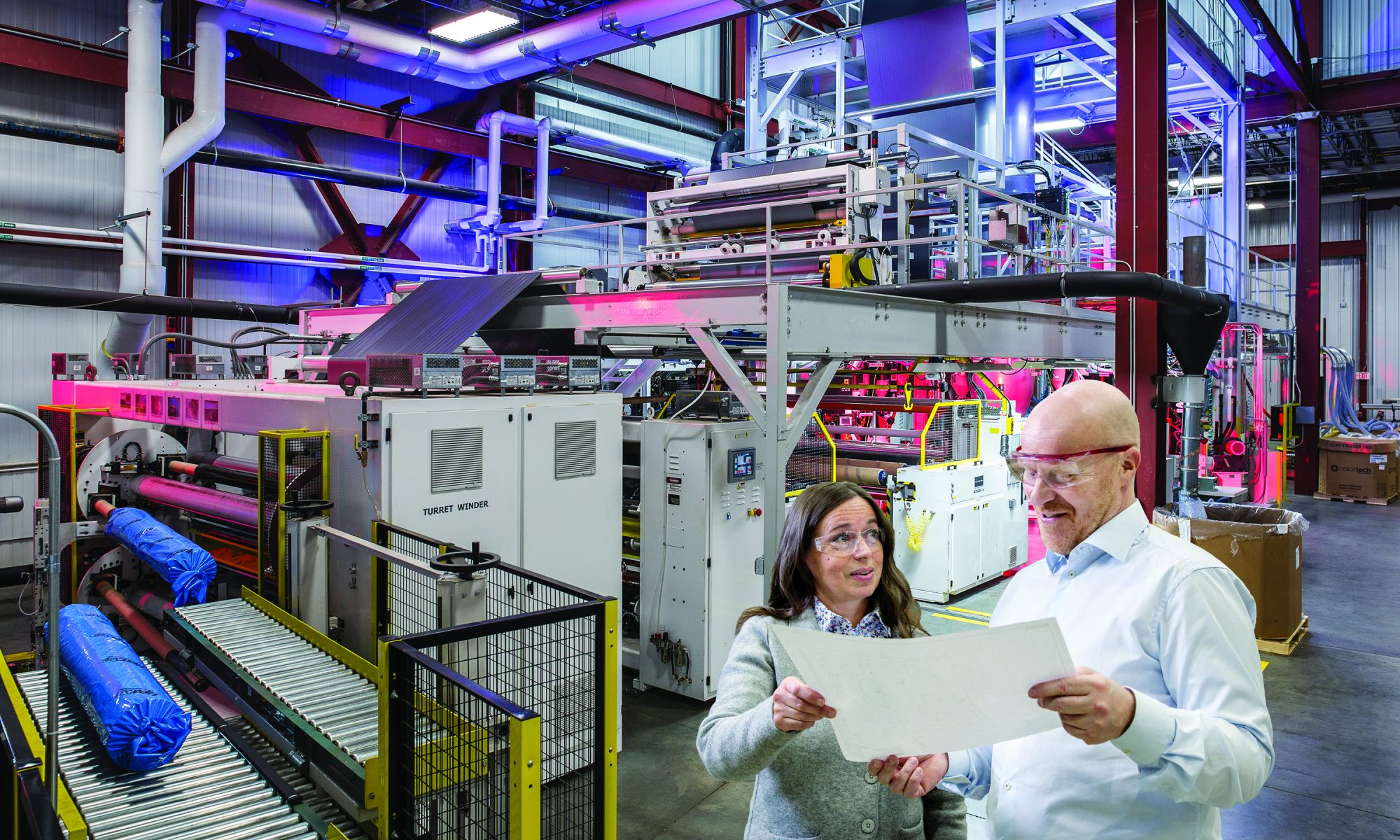 In the last blog, we provided tips to help establish a baseline for application requirements and provided information on coater selection and coating formulations. In this blog, we’ll take that a step further by looking at the types of liquid coating substrates and characteristics, substrate surface tension/corona treatment guidelines and dryer selection.
In the last blog, we provided tips to help establish a baseline for application requirements and provided information on coater selection and coating formulations. In this blog, we’ll take that a step further by looking at the types of liquid coating substrates and characteristics, substrate surface tension/corona treatment guidelines and dryer selection.
What types of substrates are you coating? These can include paper, film, tissue, metal, foam and non-wovens. What are the characteristics of those substrates? Factors to consider include absorbency, surface tension, strength, smoothness, caliper, softening temperature and bend radius. This helps us determine corona treatment guidelines. Here is an example showing the substrate surface tension for different materials.

Dryer selection is the next aspect of building your ideal liquid coating line. When choosing a dryer design, evaluate the following:
- Type of substrate
- Coating formulation
- Evaporation rate
- Solvent or water-based
- Temperature limitations
- Cure and dwell requirements
- Nozzle design
- Floatation or roll support
- Quiet zone
- Cooling zone
The dryer design determines the length for silicone curing. The heat-up is based on the amount of energy required to heat the web to the cure temperature of the silicone. The length can be shortened if the temperature is increased, but web temperature will also increase. Excessive web temperature may cause damage to the substrate and may also cause silicone dusting. Here is a helpful equation to help avoid negative results:
Dryer length for silicone curing = length of dwell + heat-up time
For adhesive drying, there are three primary stages to ensure quality results. These include:
Stage 1: Heat-up to the point of evaporation; slow heat-up rate to prevent skinning
Stage 2: Drying; avoid boiling of liquid in the adhesive layer
Stage 3: Final moisture removal; avoid blistering of the adhesive layer
We hope this blog assists you in improving your liquid coating processes. Have questions about this blog post? Comment below.
For any other questions or inquires, please e-mail marketing at marketing@davis-standard.com.
Stay safe and healthy!
Cheers,
The D-S Connect Blog Team

Hi Blog team
very important and relevant information
what should be the length of dryer for PVDC , How to decide between floating vs roller dryer
Hi Hari – Dryer design is based on numerous factors:
1. Line Speed
2. Tension
3. Coating Solids
4. Coat Weight
5. Water-Based or Solvent-based
6. pH of the coating
7. Substrate material
8. Substrate thickness
The substrate material will dictate the web temperature limits. PET can withstand high heat up to 400 F, BOPP can only handle up to 160 F before it softens and can stretch or deform. Most dryer manufacturers prefer the floatation designs but at times with low-temperature webs the roll support is required.
The dryer length is determined based on the evaporation rate of the solution coating. This rate is different for all types of coatings. Knowledge of the coatings formulation helps determine if there is a potential for skinning, boiling, blisters, hazing and other defects. Balancing the drying rate throughout the length of the dryer determines the length required to produce a finished product that meets the customer’s requirements. For example; a PEI primer coating dries very easily with a temperature and velocity in a single stage. Whereas a pressure-sensitive adhesive requires three stages of drying. Stage one heats coating to point of evaporation without skinning on the surface of the coating, stage two increases temperature to remove the bulk of moisture, and stage three uses a medium temperature to remove the balance of liquid without blistering the coating.
To get a proper dryer design and length please contact a dryer supplier and provide them with the information stated above.